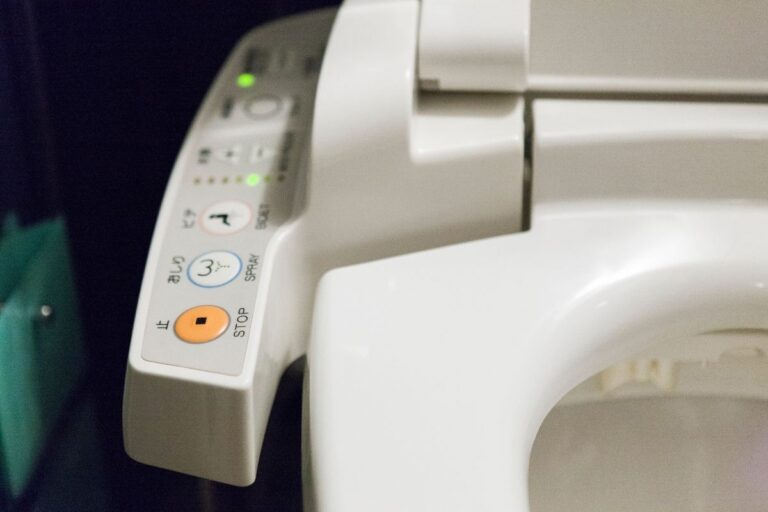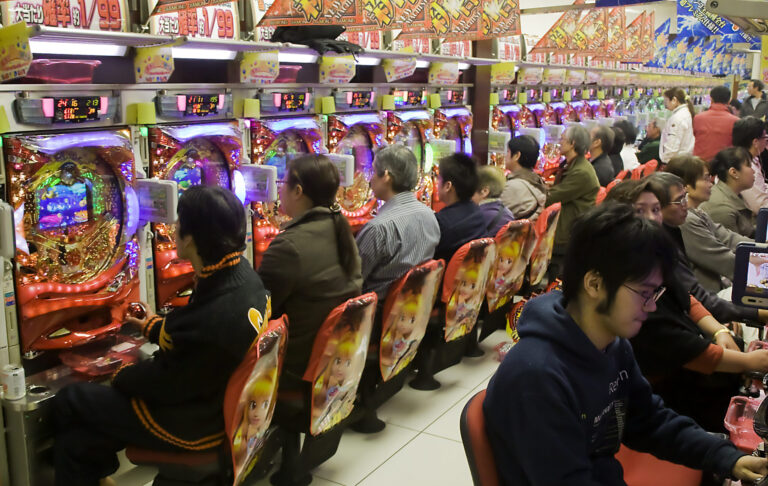This past December’s theatrical release of Disney’s The Princess and the Frog reminded anyone over the age of 10 that Walt Disney was once a name eponymous with hand-drawn, 2D animation of fantastical stories that awaken children’s imaginations. In the midst of 3D CG movies rife with pop culture references, cheesy plotlines, and stars-of-the-day, The Princess and the Frog promised a return to the company’s roots, the types of movies that Disney is known for worldwide.
Or not. Maybe Disney was onto something when they moved from Beauty and the Beast to Valiant (a 2005 CG movie about British homing pigeons fighting an evil German hawk during World War II if you, like most of the world, never saw it). The Princess and the Frog has earned a respectable $100 million domestically after over two months in release, but it took only a couple of weeks for 20th Century Fox’s “stellar” CG children’s film, Alvin and the Chipmunks: The Squeakquel, released shortly thereafter, to earn double that.
The children of America may have been raised to believe that kids’ movies should be CG, crude and generally forgettable, but in Japan, CG has yet to appear in more than a handful of animated films and when it does, it rarely plays more of a role than it does in live action special effects flicks here: to paint the background of a world and make action sequences stand out.
Japan gets and loves Disney films (as the two Disney theme parks in Tokyo can attest), but they also have their own answer to Disney: Studio Ghibli and, when one of the studio heads himself chooses to direct, Miyazaki Hayao. Miyazaki and his co-heads, director Takahata Isao and producer Suzuki Toshio, have animation careers that date back to the 1960s. Miyazaki in particularly made his mark at Toei Animation, another essential staple in the folds of Japanese animation that still produces work today. In the late 1970s and early 1980s, the founders of Ghibli worked on two animated films together, one of which, Kaze no Tani no Nausicäa (US title: Nausicäa of the Valley of the Wind), remains a veritable classic of Japanese animation today.
After Nausicäa, Miyazaki, Takahata, and Suzuki formed Studio Ghibli and released their first film under the studio’s official title, 1986’s Tenkuu no Shiro Laputa (US: Castle in the Sky). Fifteen award-winning films have followed this award-winning start to the Studio Ghibli tradition: break box office records in Japan and entertain and delight adults as much as children.
A little longer and perhaps slightly less action-oriented than their American animated film counterparts, the Studio Ghibli offerings usually follow the story of a young girl or boy (girls tend to appear more often than boys) who face spiritual, fantastical and compelling adventures as they learn to understand the importance of their friends, their family, and even the planet. There are definitely exceptions to the magic and fantastical—1988’s Hotaru no Haka (US: Grave of the Fireflies) comes to mind, as it deals with a young boy and his even younger sister who must deal with tragedy and survival after they lose the rest of their family to bombings in World War II—and exceptions to the young boy and girl protagonists—how about 1992’s Kurenai no Buta (US: Porco Rosso), which followed a Humphrey Bogart-esque Italian humanoid pig’s career as a World War I fighter pilot?—but the films always deliver on epic, thought-provoking themes that encourage children to dream and think about the world around them.
The folks at Disney know that Studio Ghibli films are something special, as current head of the animation department at Disney John Lasseter made it his mission to bring as many of the Studio Ghibli films to an English-speaking audience as possible—and uncut, at that. It was thanks to Disney’s international release of 2001’s Sen to Chihiro no Kamikakushi (US: Spirited Away) that the film got enough exposure to win an Academy Award for best animated film, a first for Japanese animation.
While Disney has been going the way of CG, never has it been easier to get your hands on Studio Ghibli films in America. If you’ve grown up from jokes about passing gas and fish with cell phones in your animated films, try a Studio Ghibli film and take a peek at the kind of quality animation that’s been around in Japan for decades—the kind that won’t buck to current trends and yet, makes a huge impact on the nation regardless.
What are some of your favorite Studio Ghibli films? Do you find Studio Ghibli films more or less entertaining than Disney films?
No related posts.
Tags: Animation, anime, cool japan, japan, japanese culture, japanese entertainment, Studio Ghibli



